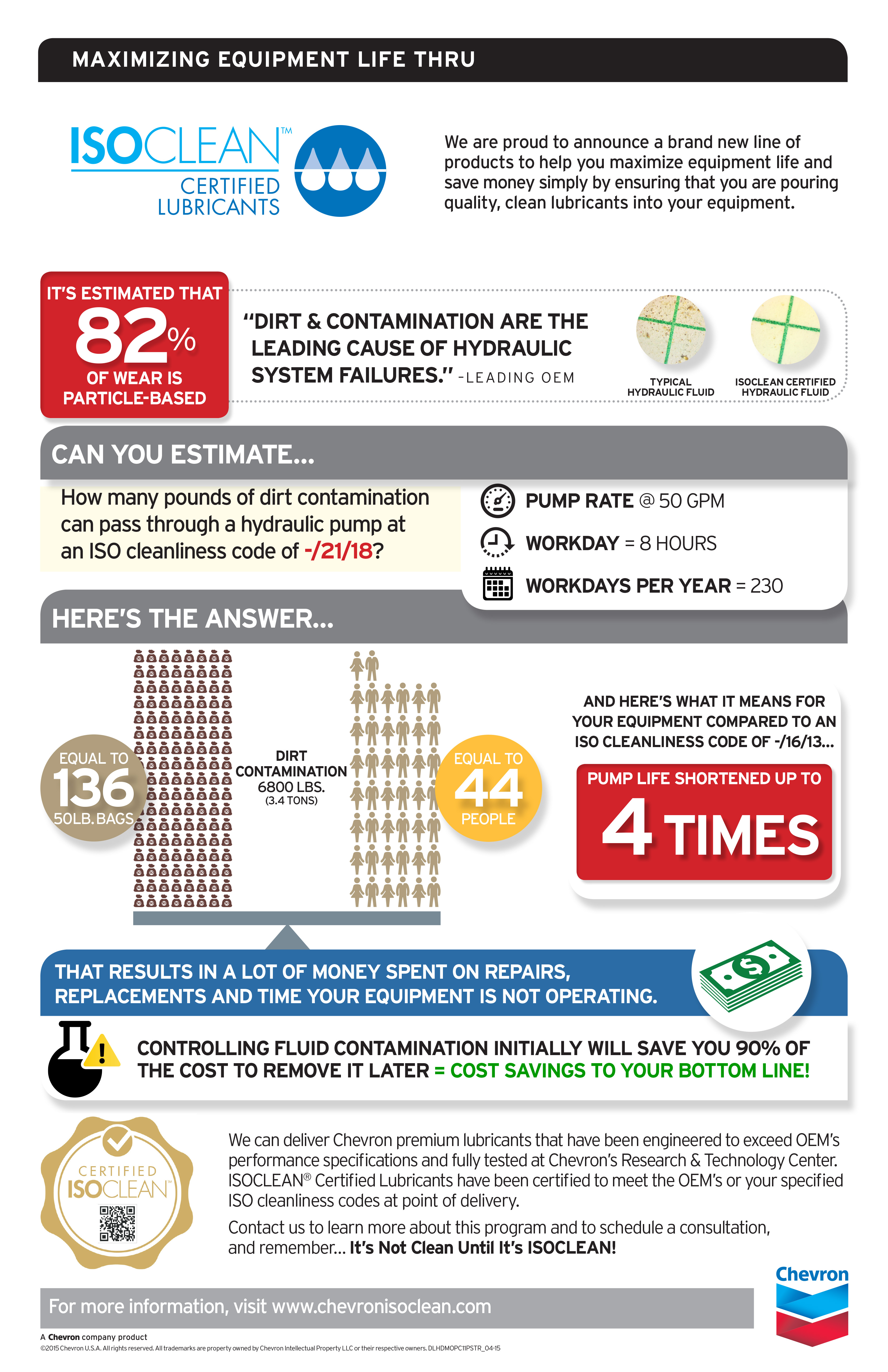As a part of the complex and ever-fluctuating oil industry, lubricant prices are often on the move. There are many different factors that go into the prices of crude oil and lubricants, from transportation costs to political unrest and environmental factors. The prices of lubricants are on the rise, but what exactly goes into that price change? And what is the relationship between crude oil and lubricant prices? Below, we will explore these links and what causes the price of lubricant to increase.
Where Do Lubricant Prices Come From?
Lubricant prices involve many different factors, like the price of crude oil and how much it costs to transport goods. Price influences on lubricating oils include:
- Crude oil prices: Lubricants are derived from crude oils, so their prices tend to move in similar patterns, but it is not a direct link. While the two do not change in exactly the same way, lubricant prices are significantly related to the price of crude oil, which is also affected by its own plethora of factors. Even synthetic lube oil prices are affected by crude oil prices because they are usually made from by-products of oil or natural gas.
- Supply and demand: As with any commodity, supply and demand will influence the cost of lubricants, and it is the main source of lubrication oil price fluctuations. Less demand often means lower prices. Supply and demand can also affect the supply chain if refineries or suppliers close down due to significantly decreased demand.
- Transportation costs: Sending oil across the world costs money. With that relationship, the source location of the crude oil can drive up the price, depending on how far it must travel and the type of transportation used. You also have to consider transportation costs of the finished lubrication product, as it goes to businesses to sell to consumers.
- Global unrest and environmental problems: Political strife can cause significant interruptions to supply chains, along with environmental issues like hurricanes or earthquakes that damage refineries and impact access to oil. Environmental factors such as cold temperatures can also drive up the need and cost for heating oil.
- Commodity futures: Traders often buy contracts for crude oil that will be delivered in the future. But, instead of following through with it and taking ownership of the crude oil, they will sell the contract for a profit. The changes in this market can affect the price of crude oil and lube.
- Production costs: Some lubricant producers will have more expensive production practices or will face unexpected challenges like power outages and limited storage capacity that could drive up their prices.
Lube costs are officially announced around twice a year, but that timeframe can vary. These prices have been increased 21 times in the past 10 years with just two decreases, but these numbers do not reflect unofficial changes. Informal decreases often occur in between these increases and usually follow the changes in base oil prices, which make up 80%-99% of the volume of finished lubricant.

Why Are Lubricant Prices Increasing?
Lately, lubricant prices have been rising. Crude prices had dropped in 2019 but steadily began to climb. At the beginning of 2020, prices were set to increase in February and early March, but global events in March caused a sharp drop instead as demand plummeted. Base oil prices fell, and the intended price increases did not occur. At the end of April, the price of crude oil started to climb back up, increasing the price of base oil, as well.
During the summer of 2020, increases ticked up and carried over into the fall. Many lubricant producers were able to absorb the first round of increases, but not the second. The results were greater price changes at the end of the year. Other effects on prices include regional instability in Saudi Arabia, refineries closing due to low demand, and freezing temperatures in the Texas Gulf Coast. With high competition, prices have been steadily increasing.
Several increases throughout the year have been attributed to the rise in prices to raw material costs, transportation, and manufacturing.
Why Lubricant Prices Do Not Match Crude Oil Prices
While they follow similar patterns, lubricant prices are more dictated by supply and demand than some of the other factors — it is the primary effect. Some of the effects on crude oil prices include refinery operations, such as the type of oil being used, along with the location of the oil, transportation requirements, and other factors. Base oils used for lubricants make up just a small percentage of the oils produced, about 1% of a refined barrel of crude oil.
The characteristics of these base oils, such as viscosity, volatility, oxidation, and thermal stability, typically determine their intended use. Chemical additives can also affect these properties. Lubricant formulators choose the combination of oils and additives that offer the lowest costs. They might blend American Petroleum Institute (API) base oils together or use additives to alter the qualities of the oil to reach certain specifications.
That means manufacturers do not usually need to buy higher-quality base oil unless it is necessary. But the fluctuations of supply and demand can sometimes make higher-quality base oils more convenient or profitable. Sometimes, it is not easy to substitute base oils since products are approved based on specific types of base oils.
Essentially, lubricant manufacturers have more control over the process and will alter pricing based on supply and demand more so than the price of crude oil. Other aspects that will affect a manufacturer’s price include manufacturing and transportation prices.
 How to Save Money on Lubricants
How to Save Money on Lubricants
When it comes to purchasing lubricants, it is important to consider the position of your organization and what your lubricant use looks like. Lubricants are essential to keep your fleet running and maximize its longevity, so getting the best quality at the best price can significantly benefit your operations.
At SC Fuels, we offer a full line of bulk lubricants from brands you can trust, like Castrol, Chevron, and Valvoline. Our industry-leading service prioritizes safety and our relationship with you. And when you partner with us, you know you are getting high-quality petroleum products at our competitive prices.
Lubricant demands can ebb and flow, but you can trust SC Fuels to get you what you need every time. To learn more about our current lubricant prices, please reach out to a representative today!









